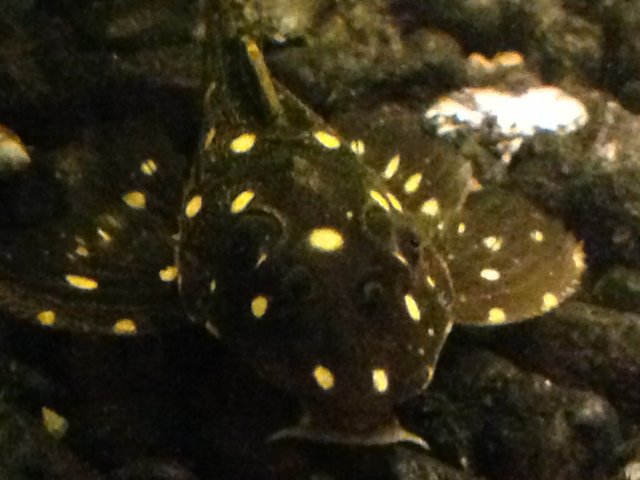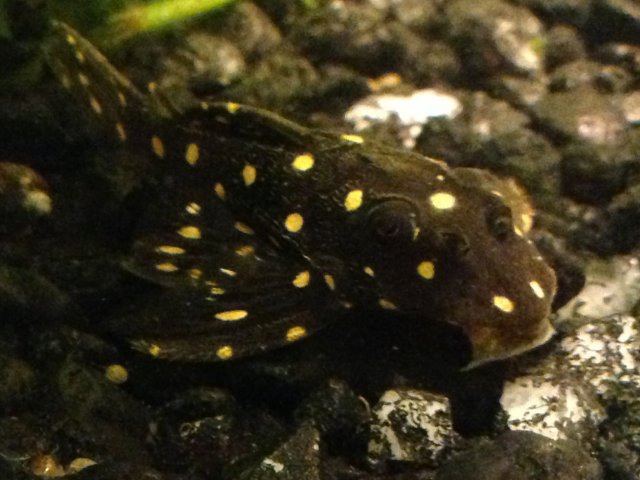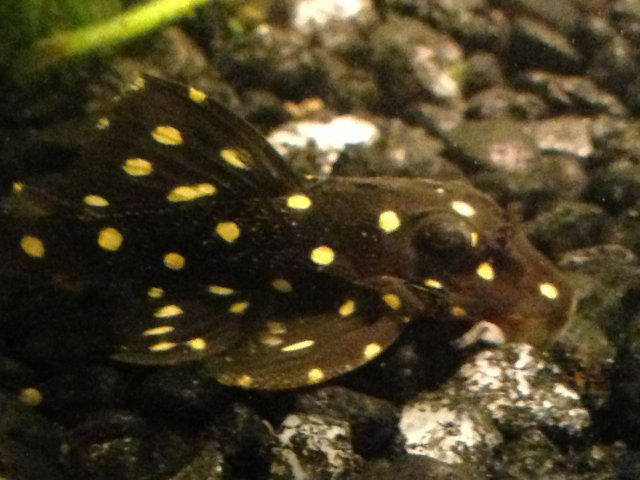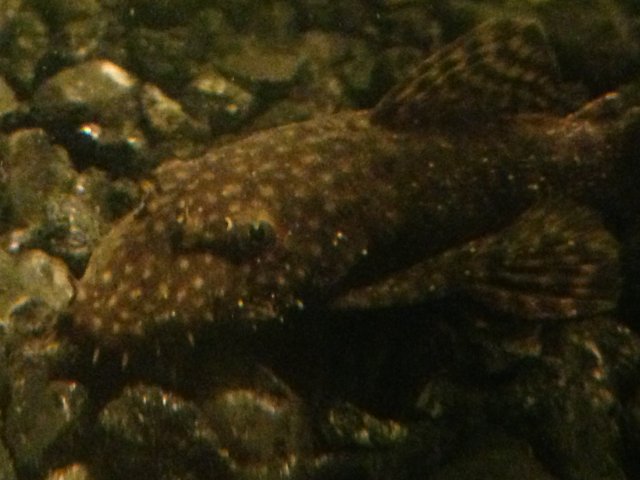What kind of Pleco is this guy?
- Thread starter YukiMoeck
- Start date
You are using an out of date browser. It may not display this or other websites correctly.
You should upgrade or use an alternative browser.
You should upgrade or use an alternative browser.
I don't know but he sure is pretty! The last 1 looks like a bristle nose, the other maybe a pecoltia? I look at planetcatfish for those mystery types, maybe post there?
Thank you . I went to look at and tried to post on planet catfish...but wasn't quite clear how to post pictures there. Thanks for commenting!!I don't know but he sure is pretty! The last 1 looks like a bristle nose, the other maybe a pecoltia? I look at planetcatfish for those mystery types, maybe post there?
definitely agree about the last one being a Bristlenose/BushynoseI don't know but he sure is pretty! The last 1 looks like a bristle nose, the other maybe a pecoltia? I look at planetcatfish for those mystery types, maybe post there?
It's the yellow spots & less heavy spotting that's confusing me, Narwhal. I know there's a lot of variation on some plecs & locations...& who can trust the internet images?
Based on the size and head shape it's a Hypancistrus. The relatively large spots mean there are three possibilities. L201, Hypancistrus contradens, or Hypancistrus inspector.
Hypancistrus inspector has a distinctive black edge to the dorsal fin. Not seen in the photos here so that can be ruled out.
Hypancistrus contradens and L201 are practically identical (they may even be the same species). Nearly impossible to tell apart unless they are side by side. But real H. contradens are actually quite rare in the hobby as they are not collected or spawned in significant numbers. L201 are imported very regularly. This makes them more likely to be the correct ID.
As far as the yellow vs. white spots that's not unusual and the same fish may have different colored spots throughout it's lifetime.
Andy
Hypancistrus inspector has a distinctive black edge to the dorsal fin. Not seen in the photos here so that can be ruled out.
Hypancistrus contradens and L201 are practically identical (they may even be the same species). Nearly impossible to tell apart unless they are side by side. But real H. contradens are actually quite rare in the hobby as they are not collected or spawned in significant numbers. L201 are imported very regularly. This makes them more likely to be the correct ID.
As far as the yellow vs. white spots that's not unusual and the same fish may have different colored spots throughout it's lifetime.
Andy






